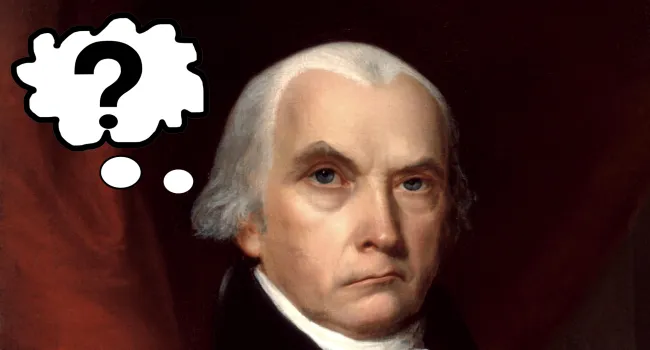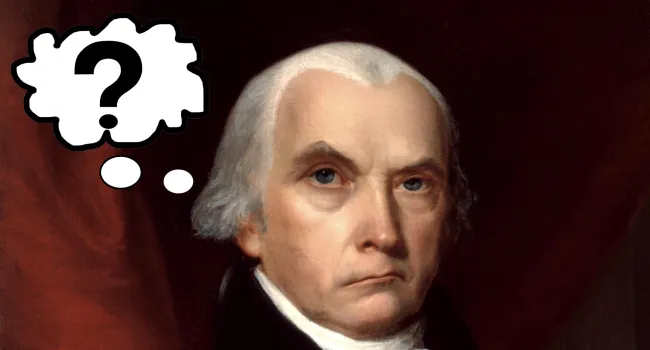Kaltura
After the American Revolution, the new United States of America needed to form a permanent government of its own. Why did the Articles of Confederation fail, and how did the U.S. Constitution come to be? This episode of "History In A Nutshell" answers those questions!
Standards
- 4.2.P Analyze the sequence of events that led to the establishment of the U.S. as a democratic republic.
- 6.4.CO Compare the political revolutions which resulted from the Enlightenment
- 8.2.P Analyze significant founding principles that led to the development of federalism in South Carolina and the United States.
- This indicator was designed to encourage inquiry into the development of the Constitution, Declaration of Independence, the Articles of Confederation, and representative democracy.
- 8.2.CX Contextualize the roles of various groups of South Carolinians as the colonies moved toward becoming an independent nation.
- This indicator was developed to encourage inquiry into the motivations of colonists during the American Revolution and the progression of conflict and failed compromise that ultimately led to revolution.
- USHC.1.P Summarize the changing relationship between individuals and the government during the period 1607–1800.
- This indicator was developed to encourage inquiry into how the concept of federalism took hold in the early United States. In addition, this indicator promotes inquiry into the progression from a nation skeptical of a strong central government to a nation accepting of a division of power between the states and federal government.
- USG.1.IN Interpret founding documents and principles that led to the creation of the American constitutional democracy.
- This indicator was developed to encourage inquiry into the historical and philosophical origins of the American constitutional government presented in the Founding Documents, which provide the structure and framework on which the nation is governed. This indicator also encourages inquiry into the ideas that influenced the Framers of the Constitution and their contributions to the creation of the Constitution.
- USG.1.CC Analyze the major debates and compromises underlying the formation and ratification of the Constitution.
- This indicator was developed to encourage inquiry into the crucial events and conflicts that led to the ratification of the United States Constitution. This indicator also encourages inquiry into the major debates and compromises at the Constitutional Convention and how economic, political, and social goals impacted the formation of the new government.
Resources
You need to be logged in to listen to view this content. Create an account now; it's quick, easy, and free!
Log In to View




